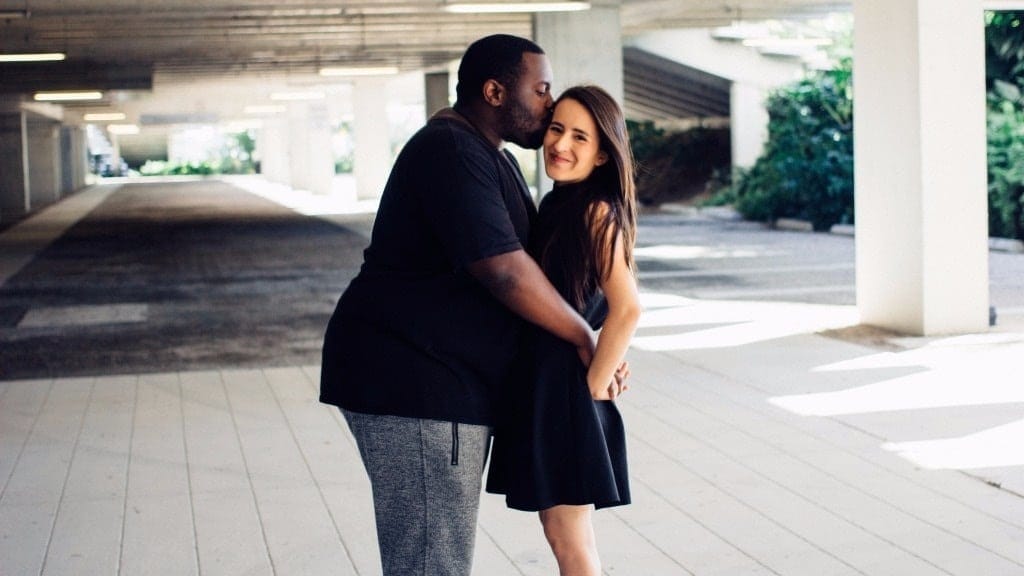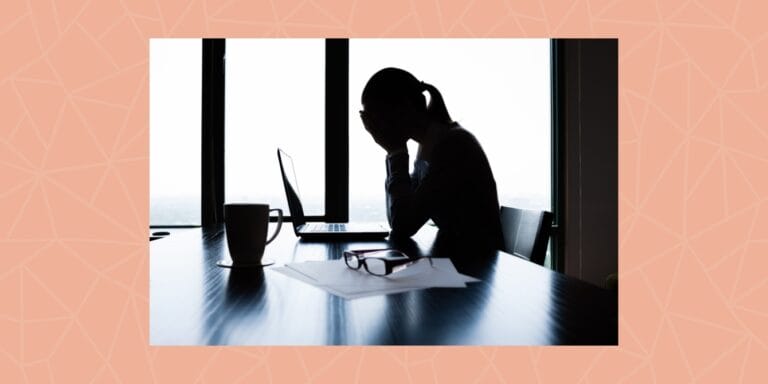Managing caregiving and work isn’t a woman’s issue—it’s a human issue

The conversation about caregiving and work must be more inclusive.
Even in the 21st century, a gender-based stereotype persists: Men are still heralded as the chief breadwinners, while women are still expected to hold down the domestic front. These societal norms negate the experiences of female breadwinners and male homemakers, whose proportions are rising in both the paid and unpaid workforces. But they also lead people to think the term “caregiver” is interchangeable with “parent” or “homemaker.”
Parenting and homemaking are indeed two common caregiving responsibilities, but caregiving takes many forms. Perhaps a caregiver tends to the needs of someone who has a chronic condition or someone who is homebound. Or, they’re caring for an ailing member of their extended family.
Maybe they’re caring for a pet: Younger generations have started taking on dogs and cats before or even instead of children, and some progressively-minded companies have even responded to this change of family structure with pet-focused flexibility policies .
Plus, millennials are becoming the new “sandwich generation,” meaning they are tasked with providing care both up and down. In fact, the average millennial caregiver already spends an average of 21.2 hours a week assisting a loved one.
“As tens of millions of people take on caregiving responsibilities each year, supporting those caring for our aging population has become one of the most pressing financial issues of our lifetime,” observes Lorna Sabbia, head of Retirement and Personal Wealth Solutions for Bank of America Merrill Lynch.
And caregivers don’t just provide medical attention: They cook, clean, pay bills, run errands, fill prescriptions, and provide companionship, among countless other tasks. “The healthcare community will say that you’re a caregiver if you’re providing emotional or physical support or care to someone else, but the reality is that that is so obscure,” says Judy Waechter, a hospice community educator. We have to look at what the actual day-to-day details are.”
In an essay in The Atlantic , Anne-Marie Slaughter, president of the New America Foundation, decries how modern-day American society undervalues its caretakers. “If we truly valued breadwinning and caregiving equally—as equal components of the American promise of equal opportunity—then we would value male caregivers as much as we value female breadwinners and every permutation and combination in between,” she writes.
Slaughter suggests concrete steps to investing in the “infrastructure of care” as much as we do the infrastructure of capitalism—including the implementation of ” flexible work arrangements and career life cycles to give breadwinners who are also caregivers equal opportunity to advance over the course of their careers.”
She hopes we as a society “would build a social infrastructure that allows people to care for one another, in the same way we provide the basic physical infrastructure that allows them to compete.” We, as a society, have notoriously devalued care. The result has been the feeling of a loss of community and support. We need the social infrastructure to support our lives.
And the need for this type of social infrastructure is acute. Caregiving is one of the top drivers of the need for flexibility. Unpaid care (meaning a non-professional providing care to family, friends, others) contributes about 10% to the GDP . Approximately 25% of U.S. adults 18 years of age and older reported providing care or assistance to a person with a long-term illness or disability in the past 30 days. And this doesn’t even account for those who are parenting.
Caregiving isn’t just a women’s issue , nor is it exclusively a parents’ issue —though either would be reason enough to justify change. Instead, caregiving is a human issue —and one that business leaders would be well-advised to prioritize.
Originally posted on Werk .


































